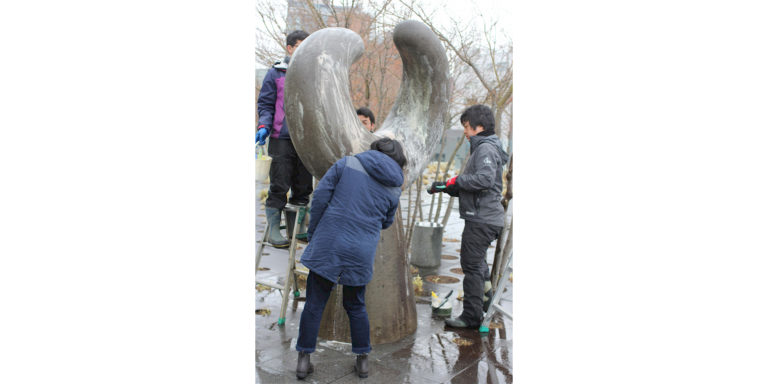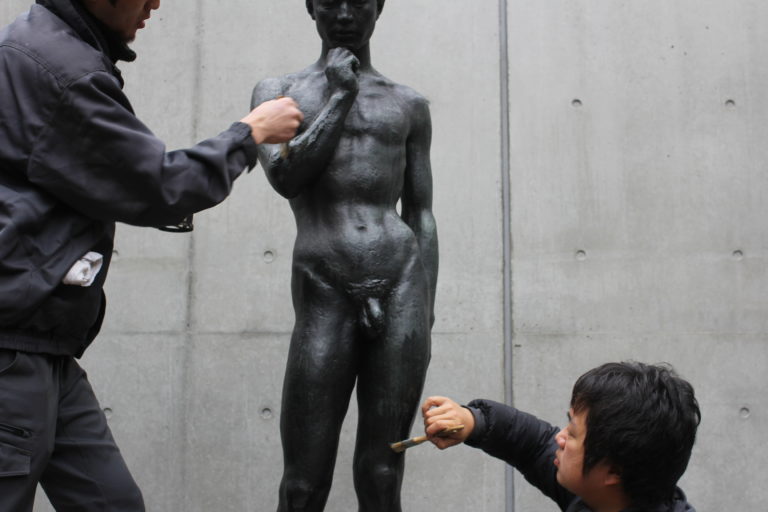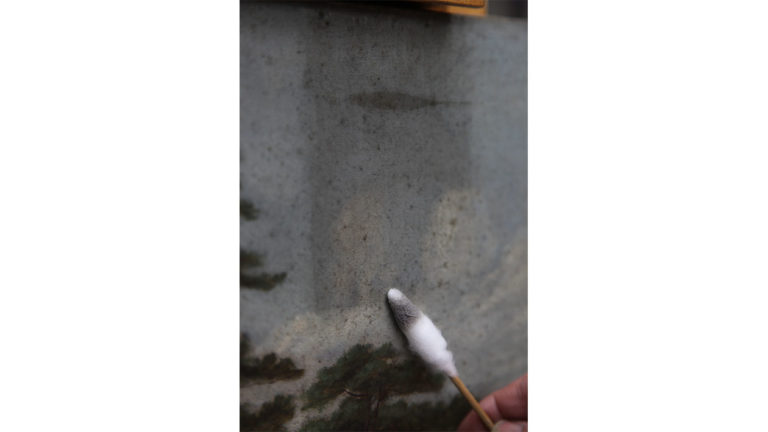Home / Creative Arts & Media / Design / Invitation to Ex-Noguchi Room: Preservation and Utilization of Cultural Properties in Universities / Restoration and Preservation of Sculptures
This article is from the free online
Invitation to Ex-Noguchi Room: Preservation and Utilization of Cultural Properties in Universities


Reach your personal and professional goals
Unlock access to hundreds of expert online courses and degrees from top universities and educators to gain accredited qualifications and professional CV-building certificates.
Join over 18 million learners to launch, switch or build upon your career, all at your own pace, across a wide range of topic areas.

 Washing
Washing  Applying wax to
Applying wax to  Exercise of Troops in a Temple Grounds in the Presence of the Imperial Commissioners, attributed to Heine, before restoration (left) and after restoration (right) © Keio University Art Center
Exercise of Troops in a Temple Grounds in the Presence of the Imperial Commissioners, attributed to Heine, before restoration (left) and after restoration (right) © Keio University Art Center
 Wiping the entire painting using a cotton swab moistened with purified water © Keio University Art Center
Wiping the entire painting using a cotton swab moistened with purified water © Keio University Art Center





